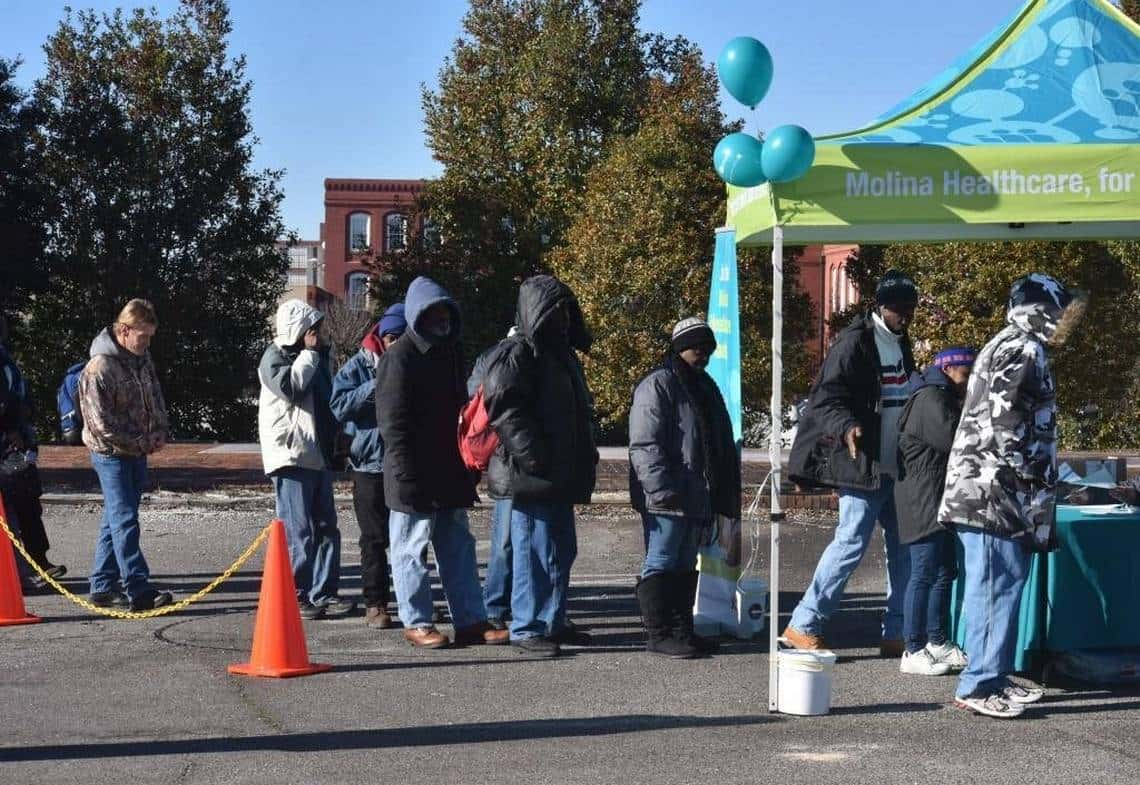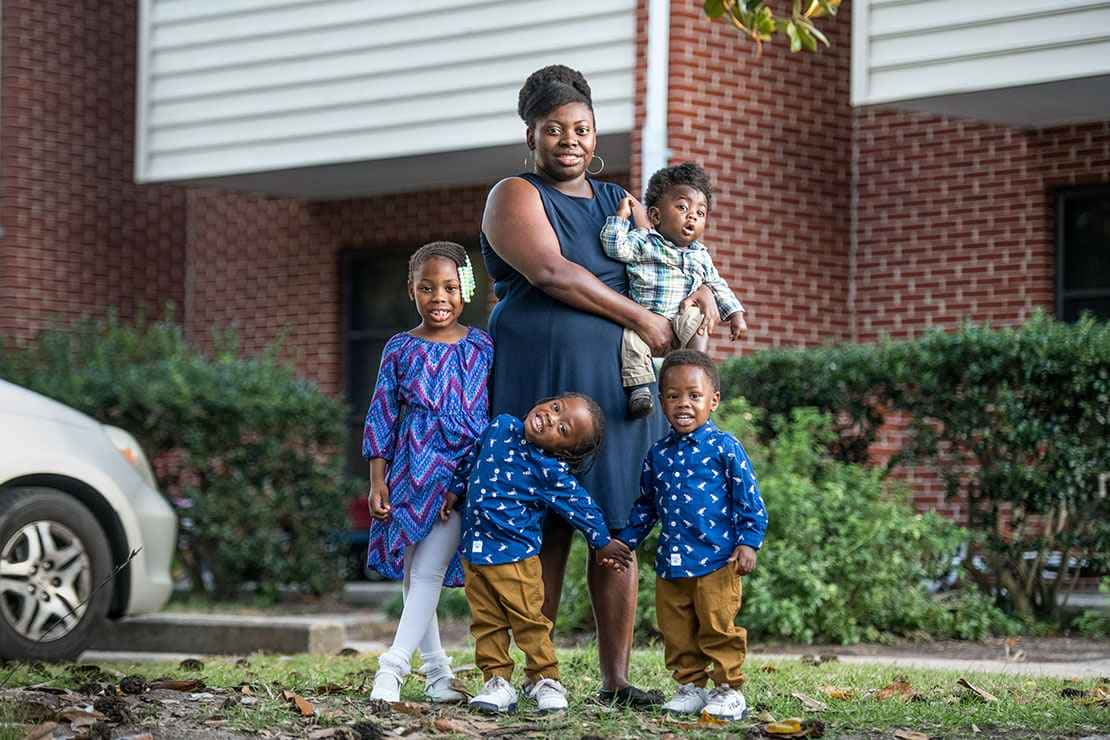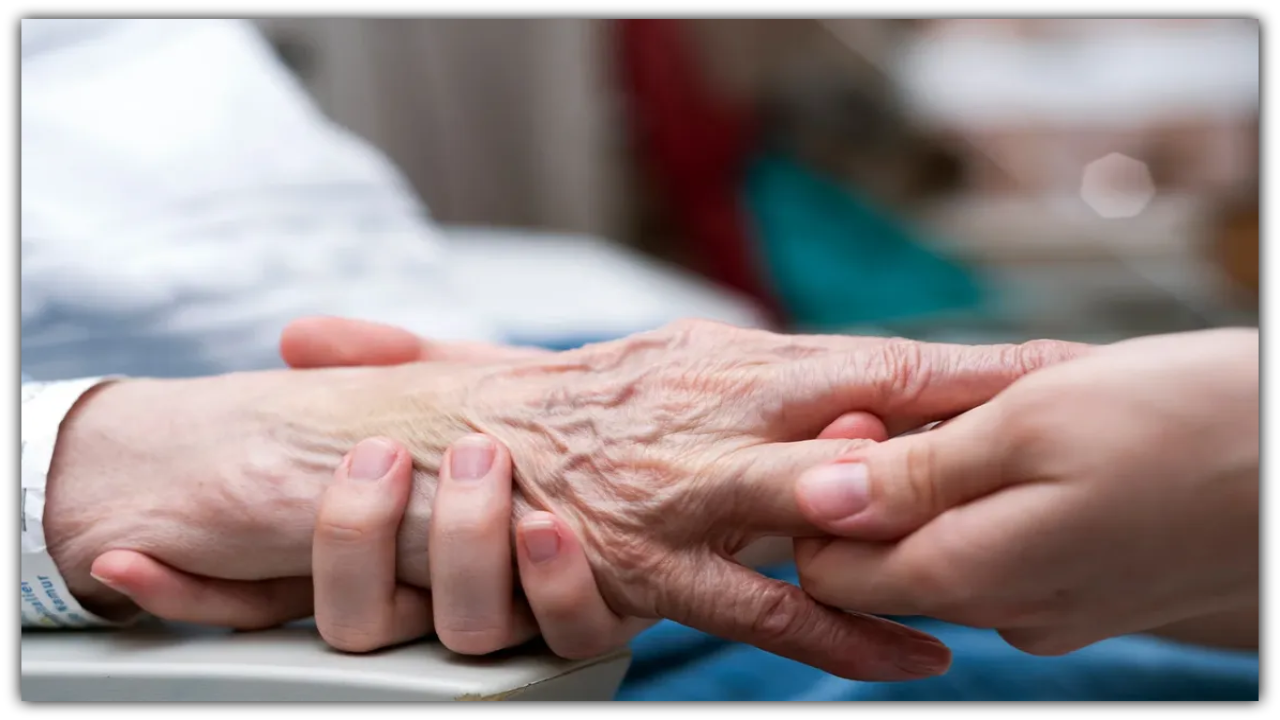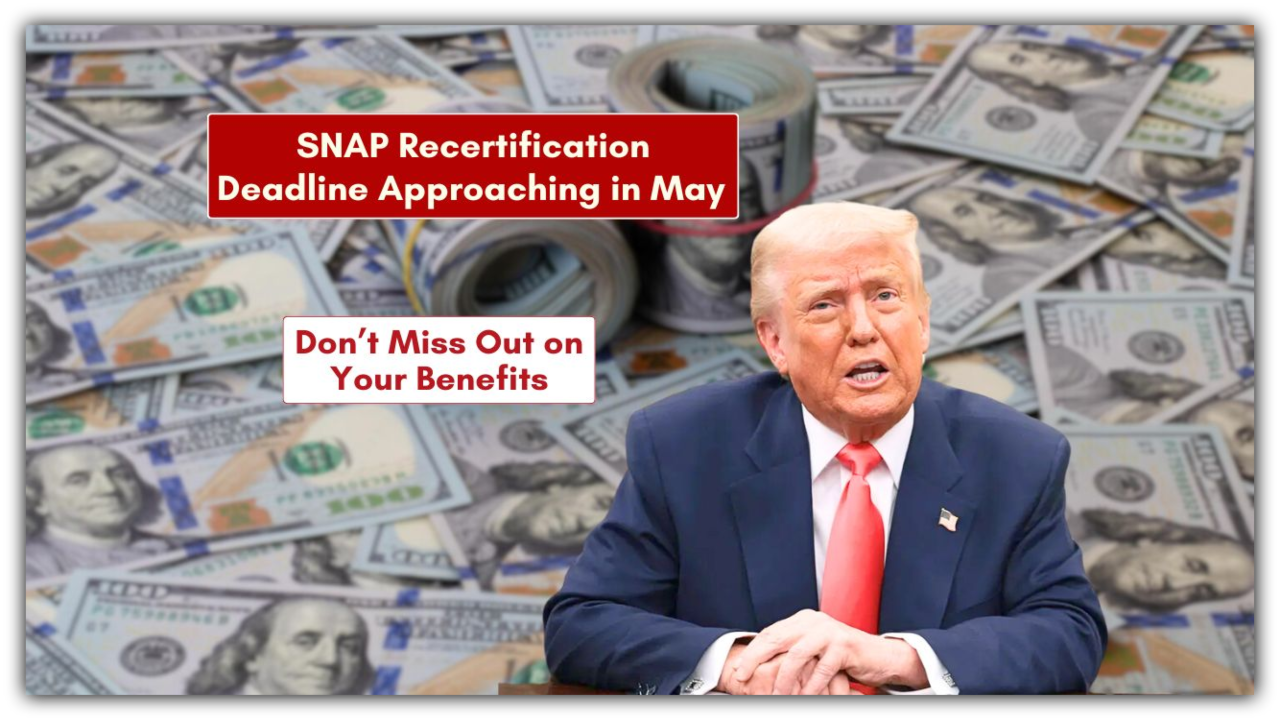These programs, including SSI, SNAP, WIC, TANF, CCDF, LIHEAP, and housing subsidies, form a crucial part of the United States’ social safety net.

A recent report from the Urban Institute sheds light on the impact of social safety net programs on poverty rates in South Carolina
Linda Giannarelli, a researcher at the Urban Institute, suggests that if these programs were fully funded and had complete participation from eligible individuals, poverty rates in South Carolina and the U.S. would see a significant decrease.
Giannarelli emphasizes that the potential reduction in poverty rates in South Carolina closely mirrors the national figures. With optimal funding and 100% participation, overall poverty could decrease by around 30%, and child poverty could see a reduction of about 40%.
While participation rates in these programs fluctuate, a 2022 study by the Urban Institute revealed that South Carolinians living at or below the federal poverty line received approximately $2.8 billion in benefits from these programs. With peak funding and participation, this figure could have risen to $6.2 billion, effectively reducing the percentage of individuals in poverty from 15.3% to 10.5%. For children, the impact would have been even more significant, dropping from 15.5% to 9.3%.
The African Americans in South Carolina would experience the most substantial improvement, with a 40% reduction in poverty rates in South Carolina
Both Hispanic and non-Hispanic white populations would also see a notable drop of nearly 30%. Giannarelli underscores that the Urban Institute’s data is based on the supplemental poverty rates in South Carolina measure, which considers a broader range of resources compared to the official Census Bureau poverty measure. This means it takes into account programs like SNAP, which provide allowances rather than direct cash payouts.
Ultimately, the report serves as a “thought experiment,” as there is currently no program with full participation. Giannarelli notes that awareness of these programs plays a significant role in participation, particularly in cases like SNAP, where those who are acutely aware of their eligibility are more likely to enroll. Stigma also poses a barrier, preventing qualified individuals from accessing programs that could potentially lift them out of poverty rates in South Carolina.
READ ALSO: House Rent Average Price Sees Steady Increase Over Five Years




